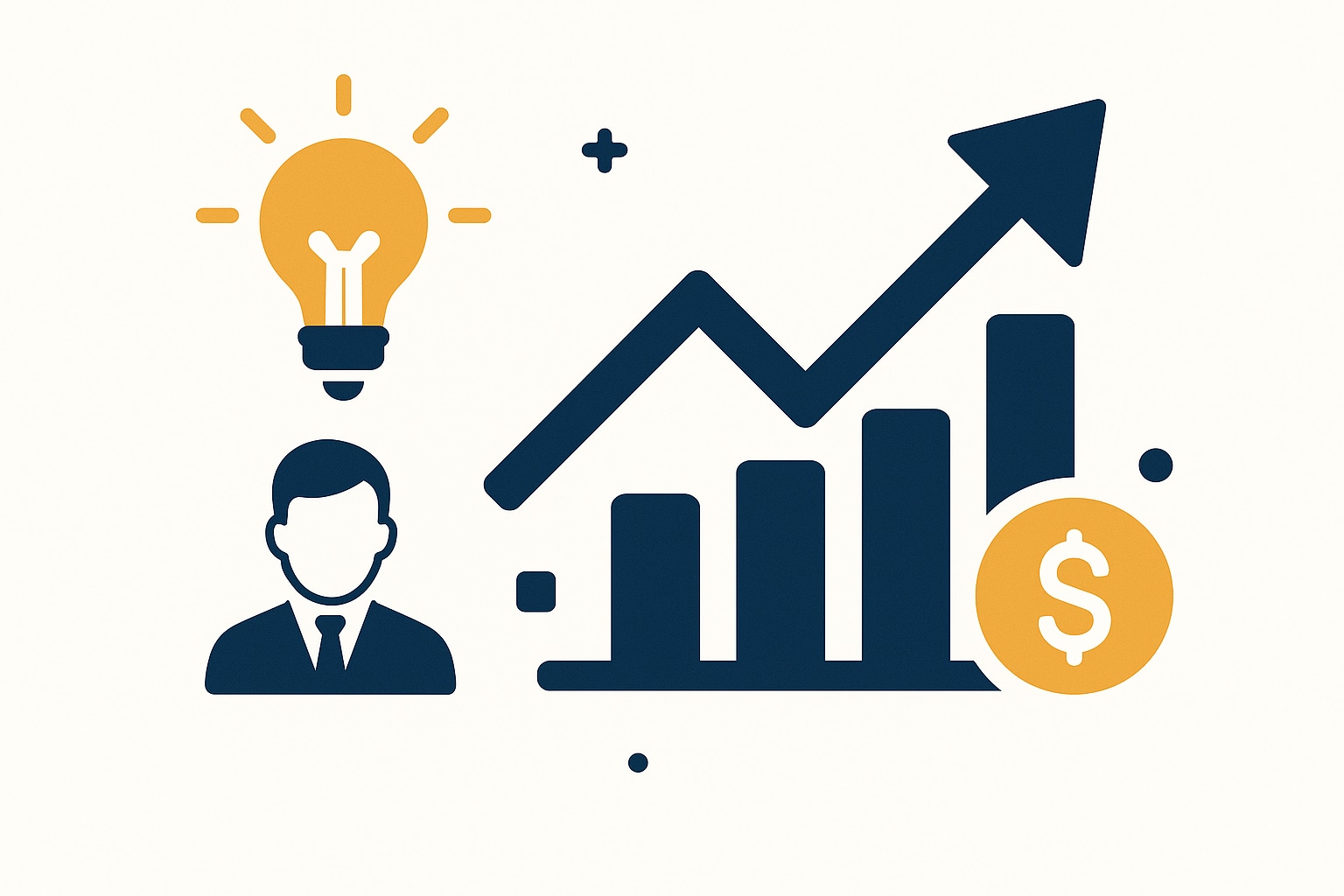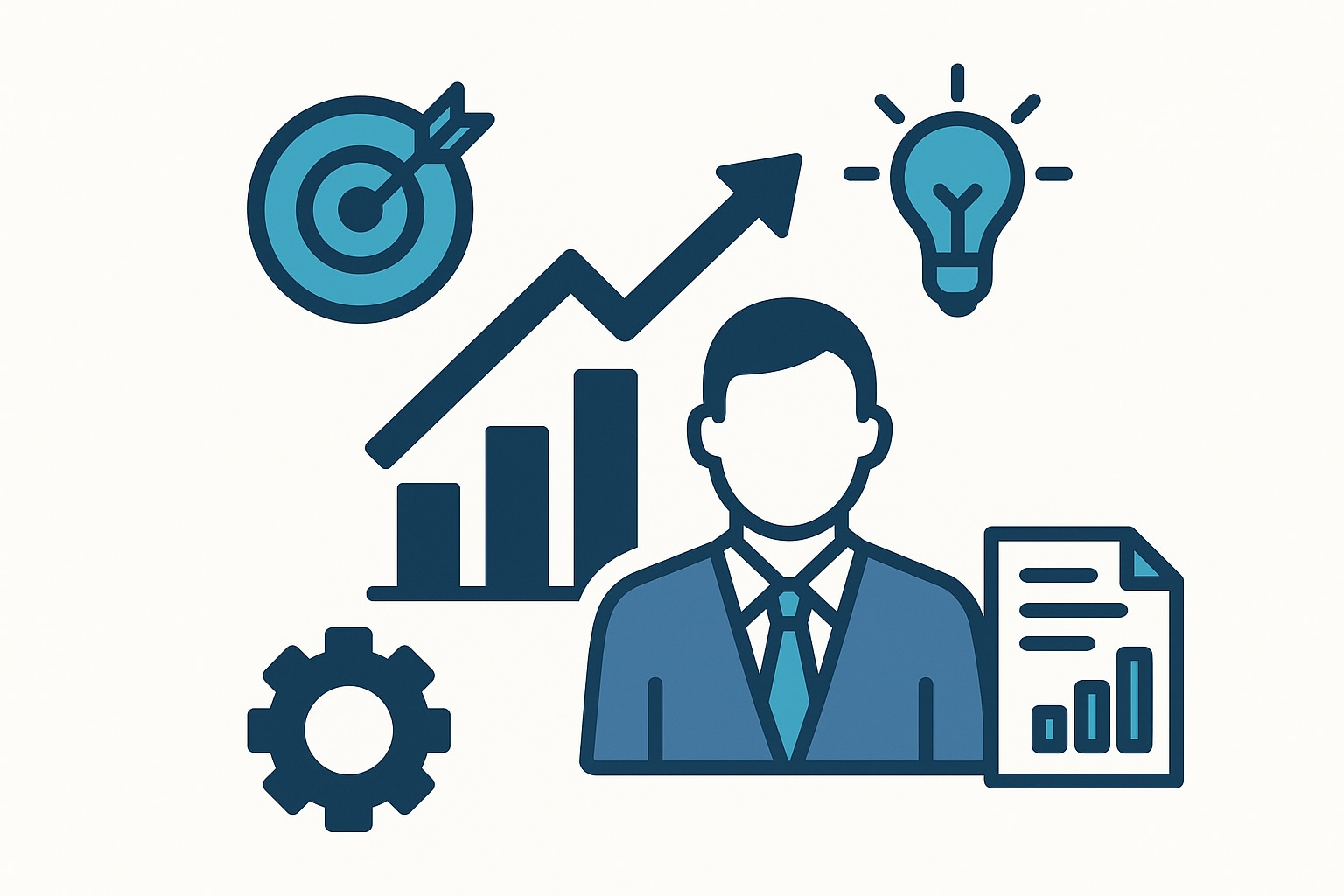How to Reduce Customer Acquisition Cost for Startups: 11 Expert Tips for 2025

For startup founders, the challenge is clear: growth is vital, but acquiring every new customer comes at a cost. As digital channels become more competitive and marketing budgets face scrutiny, controlling Customer Acquisition Cost (CAC) is no longer a niche concern—it's a fundamental lever for startup survival and success. At Curio Revelio, we’ve seen firsthand how an optimized CAC strategy not only preserves runway but also accelerates sustainable revenue growth. If you’re looking to gain a competitive edge in 2025, understanding and reducing your CAC must be at the heart of your marketing approach.
Understanding Customer Acquisition Cost (CAC) and Its Importance
Customer Acquisition Cost (CAC) is the total expense incurred in acquiring a new customer, encompassing everything from advertising and sales expenses to marketing technology and team salaries. It’s a critical metric for startups because it directly affects profitability, growth velocity, and the ability to scale efficiently.
When CAC is too high, even strong revenue growth can mask underlying profitability issues, draining resources and limiting reinvestment opportunities. Conversely, a low CAC relative to customer lifetime value (LTV) signals healthy marketing efficiency and a business model primed for expansion. For most startups, a CAC ratio of 3:1 is considered optimal, meaning you generate three dollars in revenue for every dollar spent on customer acquisition. This ratio ensures you can sustainably reinvest in growth without sacrificing margins or threatening your runway.
In today’s hyper-competitive digital landscape, tracking and actively managing your CAC is essential. By doing so, you not only safeguard your unit economics but also position your startup for long-term success in a crowded marketplace.
Benchmarking CAC: Industry Averages for Startups in 2025
Understanding how your CAC compares to industry standards is a vital first step in setting achievable targets and identifying areas for improvement. Industry benchmarks provide valuable context, highlighting where your startup stands relative to peers and competitors.
- Software Startups: In the software industry, the average CAC is high. Software companies invest in product development, marketing, and sales. On average, software startups spend $400 to $1,200 per customer.
- E-commerce Startups: E-commerce startups have lower CAC compared to software companies. They use targeted online advertising, social media marketing, and SEO. The average CAC for e-commerce startups is $100 to $300 per customer.
- Healthcare Startups: Healthcare startups spend $500 to $1,500 per customer due to regulations and longer sales cycles.
- Financial Services Startups: Financial services startups have relatively high CAC due to complexity and the need for customer trust. The average CAC for financial services startups is $500 to $2,000 per customer.
These figures illustrate the importance of industry context when analyzing your own CAC. While some variation is expected based on business model and stage, consistently exceeding these averages may signal the need for a strategic overhaul. Regular benchmarking ensures you stay competitive and maintain healthy unit economics as you scale.
11 Expert Tips to Reduce CAC for Startups
Reducing your CAC requires a proactive, data-driven approach that addresses every stage of the customer journey. Here are 11 actionable strategies—backed by Curio Revelio’s experience helping over 300 startups—that can help you optimize your marketing spend and unlock sustainable growth.
1. Focus on High-Value Customer Segments
Not all customers are created equal. By identifying and targeting segments with higher lifetime value, better retention rates, or greater upselling potential, you can maximize the impact of every dollar spent on acquisition. Start by evaluating your existing customer base to identify common traits among your best customers—such as industry, company size, or usage patterns. Tailoring your messaging and campaigns to these high-value segments increases conversion rates and ensures your acquisition efforts yield the greatest possible ROI.
2. Leverage Cost-Effective Marketing Channels
Channel selection plays a significant role in determining CAC. While paid channels like search and social ads can deliver immediate results, they often become expensive as competition intensifies. Instead, prioritize cost-effective channels such as organic search (SEO), content marketing, and partnerships. Experiment with emerging platforms where competition is lower and your target audience is active. Continually measure channel performance and shift budget toward those with the lowest CAC and highest quality leads.
3. Optimize Your Sales Funnel
A leaky sales funnel increases acquisition costs by losing potential customers before they convert. Map out each step in your funnel—from awareness to purchase—and identify friction points or drop-off areas. Streamline onboarding processes, simplify purchase flows, and use personalized follow-ups to move prospects through the funnel efficiently. Even small improvements in conversion rates can have a significant impact on reducing CAC and increasing overall marketing efficiency.
4. Implement Referral Programs
Referral programs turn your existing customers into powerful acquisition channels. When satisfied customers recommend your product or service, they bring in new leads at a fraction of the cost of traditional marketing. Design a referral program that’s easy to use and offers compelling incentives for both referrers and referees. Track referral performance and optimize rewards to ensure the program remains cost-effective and aligned with your growth objectives.
5. Enhance Customer Retention Strategies
While retention might seem separate from acquisition, satisfied customers who stay longer often refer others and make repeat purchases, effectively lowering your overall CAC. Invest in onboarding, support, and ongoing engagement to increase customer satisfaction and loyalty. Offer value-added services, gather and act on feedback, and proactively address issues to minimize churn. The longer you retain a customer, the greater the return on your acquisition investment.
6. Utilize Data Analytics for Targeted Marketing
Data-driven decision-making is essential for optimizing acquisition costs. Use analytics platforms to track user behavior, campaign performance, and customer demographics. Segment your audience based on past interactions and tailor your messaging to speak directly to their needs and pain points. Predictive analytics can help you allocate budget more efficiently, focusing on channels and tactics most likely to yield high-converting, high-value customers.
7. Invest in Content Marketing
Content marketing is a powerful, long-term strategy for reducing CAC. By creating valuable resources—such as blog posts, guides, webinars, and videos—you attract inbound traffic and establish your brand as a trusted authority. Effective content answers your audience’s questions, addresses pain points, and nurtures prospects through the buying journey. Over time, compounding returns from organic traffic and thought leadership decrease reliance on expensive, paid channels.
8. Automate Marketing Processes
Marketing automation tools streamline repetitive tasks, nurture leads, and ensure timely follow-ups, all of which contribute to lower acquisition costs. Automate email campaigns, lead scoring, and retargeting efforts to maintain engagement without manual intervention. Automation not only reduces labor costs but also improves consistency and personalization, increasing conversion rates and maximizing the impact of your marketing spend.
9. Optimize Pricing Strategies
Pricing has a direct impact on both acquisition and conversion. Test different pricing models, bundles, or introductory offers to find the sweet spot that maximizes perceived value while minimizing barriers to purchase. Transparent pricing and risk-free trials can reduce friction, while strategic discounts or limited-time promotions create urgency. Continuously gather customer feedback and monitor competitors to ensure your pricing remains compelling and market-aligned.
10. Collaborate with Strategic Partners
Partnerships with complementary businesses can open new acquisition channels and reduce CAC by tapping into established customer bases. Co-marketing campaigns, bundled offerings, or joint webinars help you reach new audiences with shared costs and increased credibility. Choose partners whose customers align with your target segments and who share your commitment to value-driven growth. Regularly evaluate partnership performance to ensure mutual benefit and cost efficiency.
11. Continuously Test and Improve Campaigns
Optimization is an ongoing process. Regularly A/B test your creative, messaging, landing pages, and ad placements to identify what resonates best with your audience. Use iterative testing to refine your campaigns and eliminate underperforming tactics. By adopting a culture of experimentation, you stay ahead of shifting market trends and ensure your acquisition strategies remain both effective and efficient over time.
Measuring the Impact of CAC Reduction Strategies
Implementing CAC reduction strategies is only valuable if you can accurately measure their impact. Establish clear KPIs—such as CAC, LTV, conversion rates, and payback period—and track them consistently over time. Use cohort analysis to understand how different acquisition tactics affect customer quality and retention. Regular reporting allows you to identify which strategies deliver the greatest improvements and where further optimization is needed. For startups working with Curio Revelio, we emphasize performance-linked arrangements, ensuring our focus remains on delivering tangible, measurable business outcomes.
Conclusion: Achieving Sustainable Growth Through Efficient Customer Acquisition
Reducing Customer Acquisition Cost isn’t a one-off project—it’s a continuous process that requires strategic oversight, rigorous testing, and a relentless focus on the metrics that matter. By adopting the 11 expert tips above, startup founders can optimize spend, boost profitability, and build a foundation for durable growth. At Curio Revelio, we take full ownership of your growth initiatives, collaborating with your team to drive measurable results. For more insights, resources, and hands-on support, visit https://www.curiorevelio.com and discover how our team can help you achieve your growth objectives in 2025 and beyond.
Read More
TCS's Growth and Transformation: A Comprehensive Analysis
Explore TCS's strategic growth and transformation initiatives, including revenue milestones, AI integration, and workforce evolution, shaping the future of IT services.

Understanding Growth Marketing: Strategies for Startup Success
Explore the fundamentals of growth marketing and discover strategies to drive startup success through data-driven decision-making and innovative tactics.

Understanding the Role of a Growth Marketer: Key Responsibilities and Impact
Explore the key responsibilities and impact of growth marketers, focusing on data-driven strategies for customer acquisition and retention.
Schedule a Call Today
Discuss your Growth challenges

